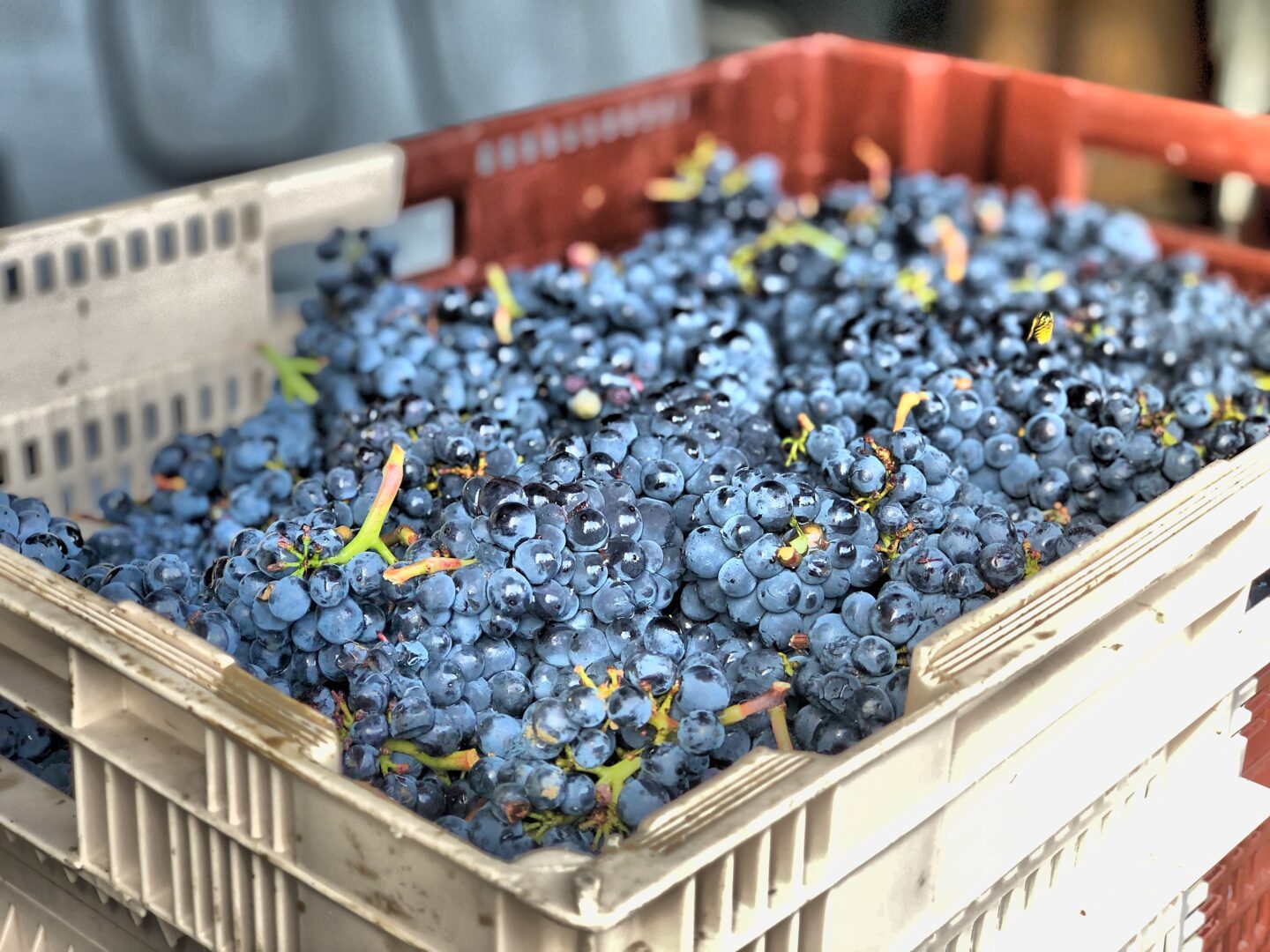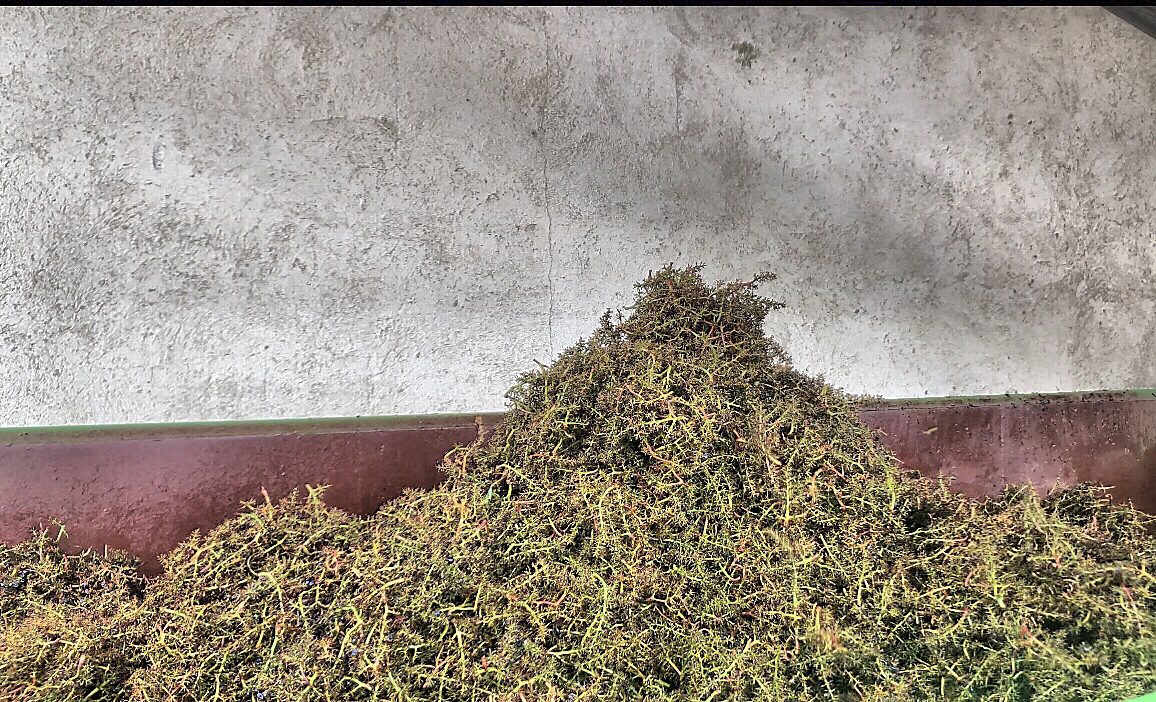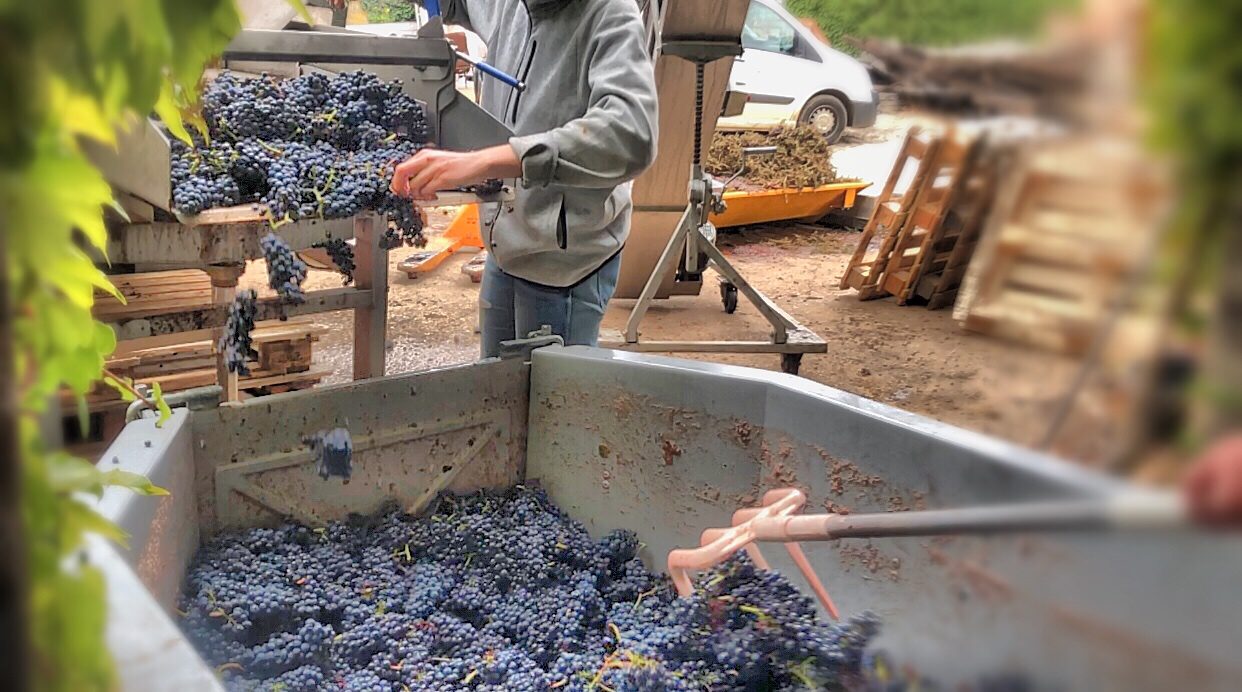
This is Part 1 in a series of segments I am producing relating to my experience in documenting the 2020 harvest in Bourgogne.
There are numerous techniques by which people use to produce wine. I will focus on the winemaking in Bourgogne because that is where I am currently based. It is an excellent place to begin because it is one of the most traditional wine-producing regions in the world.
Laws also govern and ensure this traditional winemaking remains the same. It directly contributes to how wine is culturally represented here. Indeed tradition is the very fabric of the identity for Bourgogenons.
Also, in Bourgogne, wines are single varietal, meaning made with one grape type. Here is it Pinot Noir for the reds and Chardonnay for the whites.
There are a few exceptions like aligoté in Bourzeron and sauvignon blanc in Saint-Bris, but these are rare expectations.

It all starts with picking grapes. Viticulture and winemaking are directly linked. The decision of when to harvest is by far one of the most important. There are a series of complex factors that go into making this decision.
And standing in the intersection of these choices is the winemaker who must direct the traffic flow that will ultimately determine the final destination of the wine in the end.
There is something called a “BAN” in France, a Prefectural decree that grants permission to begin harvesting. “Ban” refers to lifting the ban on the harvest. There are several historical reasons for this, and the earliest dates back to feudalism.
The museum du Vin in Beaune has old archives framed on the wall with fascinating information relating to this history.

Today, numerous techniques are available for professionals, including sophisticated laboratory testing, but the oldest is to taste the grape. You can gauge the sugar and, thus, alcohol level. A traditional technique is still very much practiced today. Earlier this month, I tried this in several sites through the Cote d’Or with my friend, an assistant winemaker at Chateau Meursault.
Grapes are most often harvested by hand in Bourgogne, but machine harvesting is also taking place. Harvest teams work insanely hard for several days up to weeks, depending on the amount and locations of the vineyards sites that a Domaine owns.

It is essential that the fruit is kept cold and arrives at the winery quickly. Unlike other fruits, grapes don’t continue to ripen after picking; this is another reason why harvest dates are critical. Sometimes dry ice is used to keep the grapes cold, as was the case here.

In Pinot Noir, a thin skin grape, winemakers can choose to keep them in whole clusters for termination or de-stream. Most of the time, it is a combination of the two, and this allows the winemaker to create a desired level of tannin, which can change depending on the vintage.
Grapes are sorted on a vibrating table or by hand. They are immediately transferred into a termination tank, usually either stainless steel or wood in Bourgogne.
Winemakers often develop their local yeast strains or allow the wild yeasts to ignite fermentation naturally.
Yeast consumes the sugar produces ethanol.